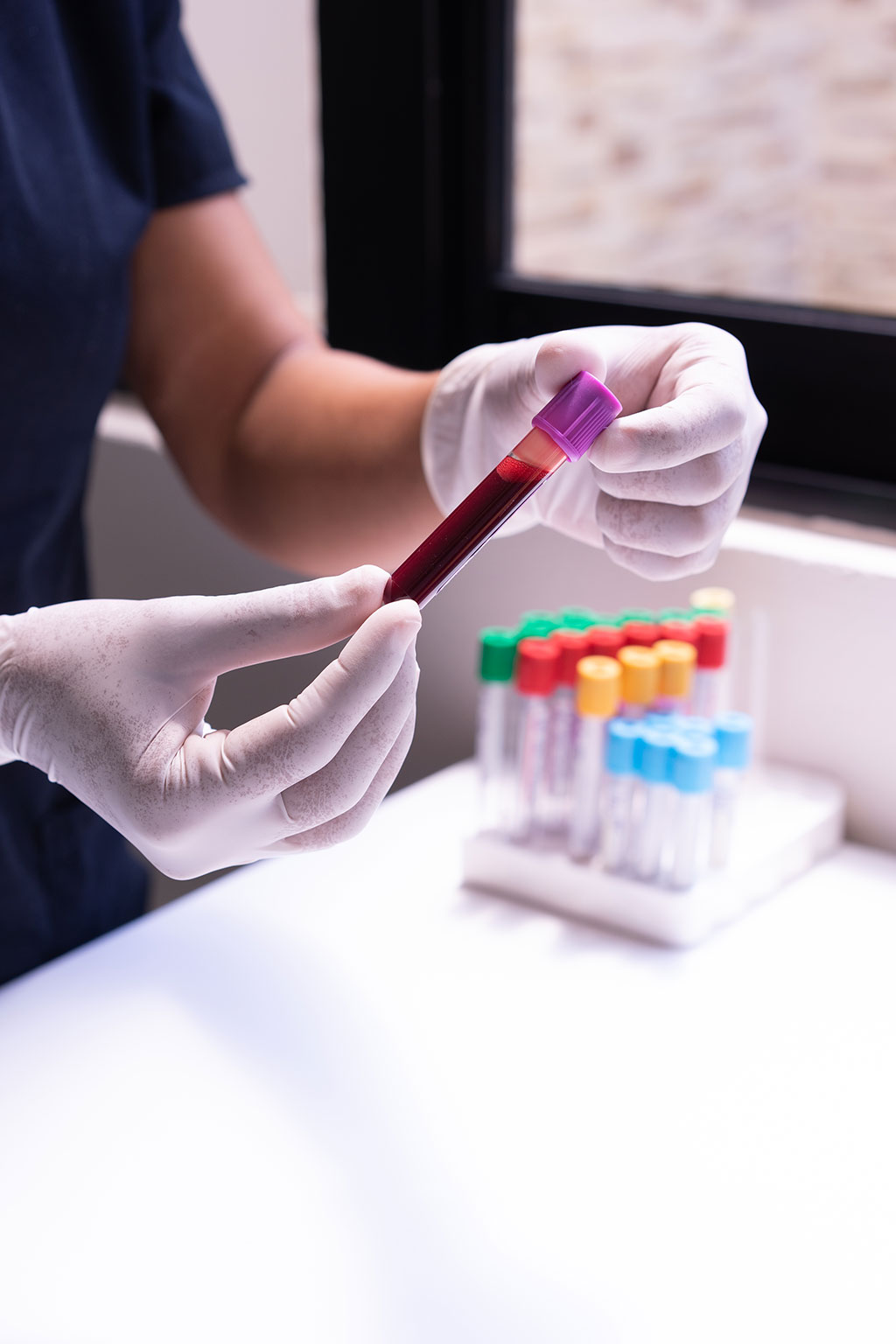Blood Test for Multiple Pathways Related to Alzheimer’s Could Enable Earlier and Less-Invasive Diagnosis
Posted on 31 Mar 2023
A five-year, USD 41 million study, titled Centrally-linked Longitudinal Peripheral Biomarkers of AD, or CLEAR-AD, that involves over 40 experts and 13 institutions across the U.S. and abroad, will facilitate collaboration and promote progress in Alzheimer's disease research through several innovative approaches. By combining sophisticated single-cell analysis of human brain tissue with neuroimaging and blood-based biomarker research, CLEAR-AD aims to generate extensive data that will enable researchers to advance precision medicine for Alzheimer's patients.
Researchers at Indiana University School of Medicine (Indianapolis, IN, USA) are co-leading are co-leading the CLEAR-AD study to gain a deeper understanding of the biological mechanisms involved in Alzheimer's disease. The ultimate goal of the study is to provide personalized care to patients by developing a blood test for multiple pathways associated with the disease, which will enable earlier and less-invasive diagnosis. The CLEAR-AD study consists of three interconnected projects that will help researchers devise innovative approaches to understand and diagnose a disease that has affected millions of lives, particularly African American and Hispanic communities. The study's findings will be swiftly disseminated among the scientific community to expedite collaborative progress.

The CLEAR-AD study consists of three projects, with the first project utilizing cutting-edge single cell and single nucleus sequencing to investigate gene expression discrepancies among various types of brain cells in up to seven brain regions. This will result in an unparalleled database of molecular signatures linking the brain and blood, which can be further analyzed by the research community. The second project will focus on a longitudinal examination of endophenotypes, measurable biological traits associated with Alzheimer's disease, which can be studied through MRI and PET brain imaging, fluid biomarkers, and cognitive performance tests. The molecular signatures from brain cells in project one will be linked to Alzheimer's disease characteristics such as cognitive decline, cortical thickness and hippocampal volume loss on MRI, and amyloid plaque and tau tangles accumulation on brain PET scans. These efforts are expected to provide novel insights into the disease's stage-specific progression and identify potential therapeutic targets.
The third project of the CLEAR-AD study aims to fill the existing knowledge gaps in Alzheimer's disease research among multi-ethnic populations. It will connect the molecular signatures and endophenotypes from the first two projects with patterns observed among African American and Hispanic participants. This is crucial because African American and Hispanic populations are more susceptible to developing the disease, yet less likely to receive a diagnosis. Most prior research has predominantly focused on data from white participants of European ancestry, resulting in a lack of knowledge about how the disease affects African American and Hispanic populations. CLEAR-AD aims to address this issue by developing and validating advanced diagnostic tools that can support diverse populations in accessible ways. The study will collaborate with local communities across the US to identify differences in Alzheimer's disease genes and endophenotypes, including imaging, cognition, and blood biomarkers, between African American and Hispanic populations and their white counterparts.
“While we currently have very powerful and informative measures for Alzheimer’s diagnosis, most are slightly invasive and focused on amyloid plaques and tau tangles,” said Andrew Saykin, PsyD, director of the Indiana Alzheimer’s Disease Research Center and the IU Center for Neuroimaging and one of the four principal investigators on the study. “CLEAR-AD will use a systems biology approach to better understand those factors that drive these pathological hallmarks in the first place. There has been great recent progress with the development of blood tests, but assessing multiple biological pathways earlier and noninvasively could make diagnosis more accessible and treatment plans more individually tailored for each patient.”
“CLEAR-AD will allow us to connect what we see in peripheral blood and on imaging to what we see in brain tissue, which will be paramount in the opportunity to create the next generation of blood tests to diagnose individuals with Alzheimer’s disease even earlier when the disease is most treatable,” said Kwangsik Nho, PhD, associate professor of radiology and imaging sciences at IU School of Medicine and another principal investigator of CLEAR-AD who is leading the second project.
Related Links:
Indiana University School of Medicine














